Search
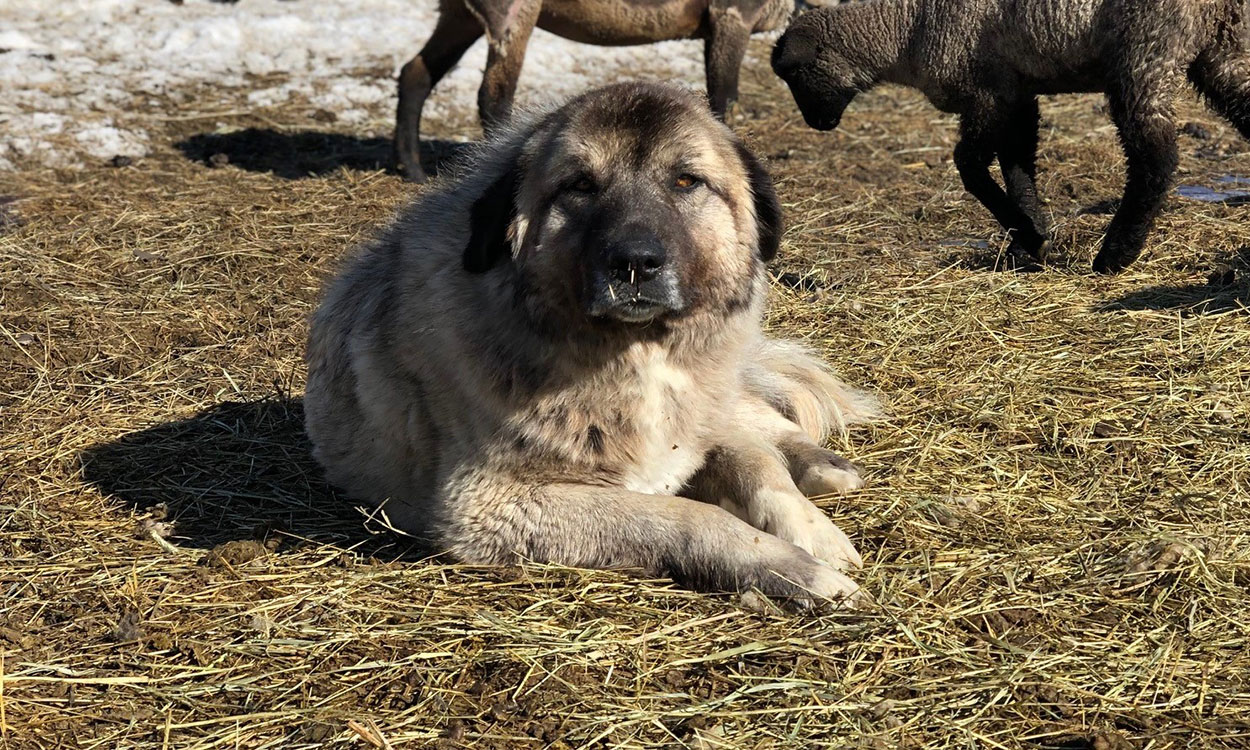
Livestock Guardian Dogs for Improved Protection
Most sheep producers will use a variety of methods to protect their flock, but one that has increased interest is the use of livestock guardian dogs.
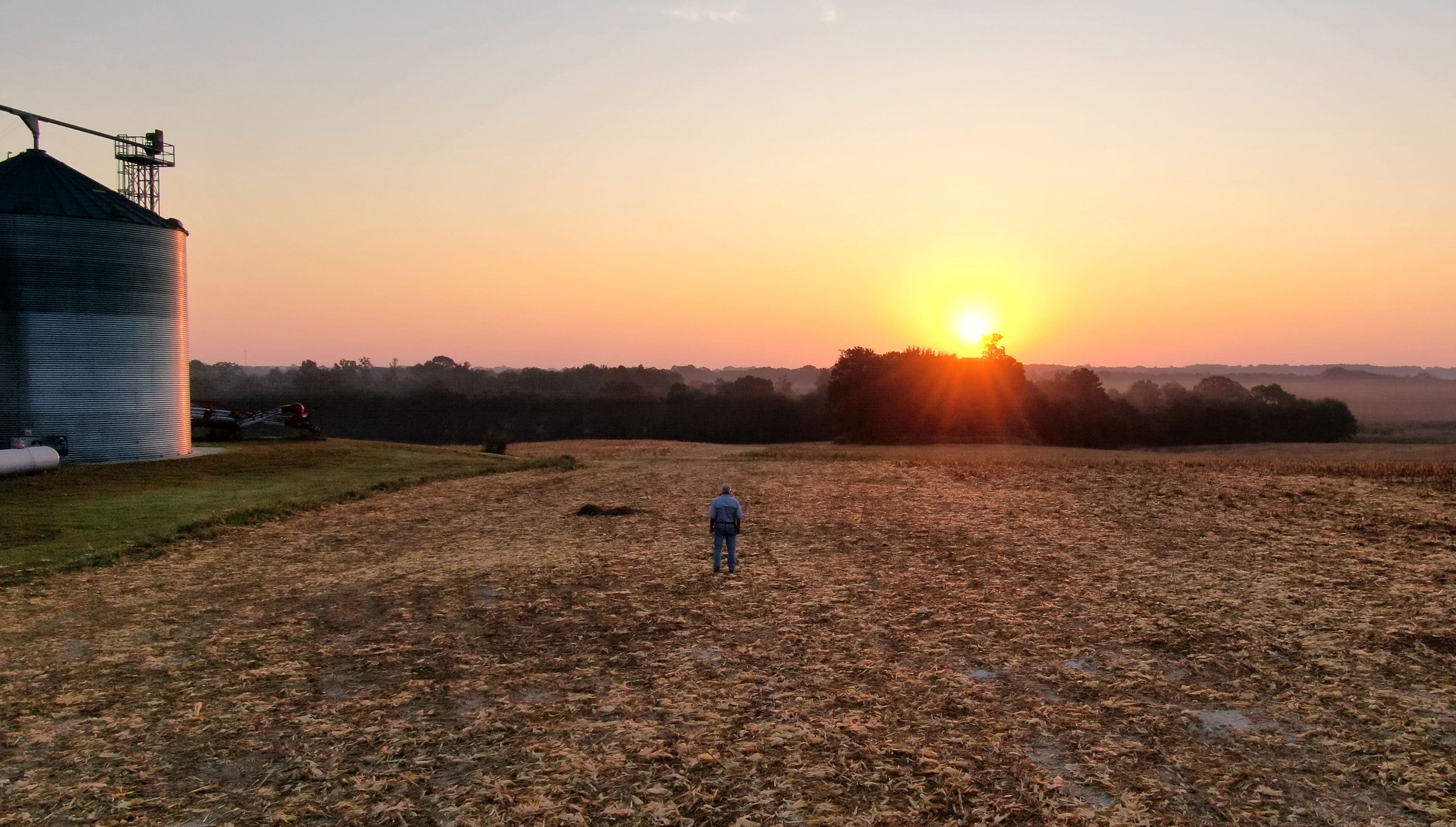
Being Proactive and Prepared During the COVID-19 Pandemic: Tips for South Dakota Farmers and Ranchers
August 10, 2020
Are you prepared to be gone from your operation for a month?

SDSU Extension Announces Interim Leadership Roles
September 24, 2025
The South Dakota State University College of Agriculture, Food and Environmental Sciences has announced interim roles for several SDSU Extension leadership positions.
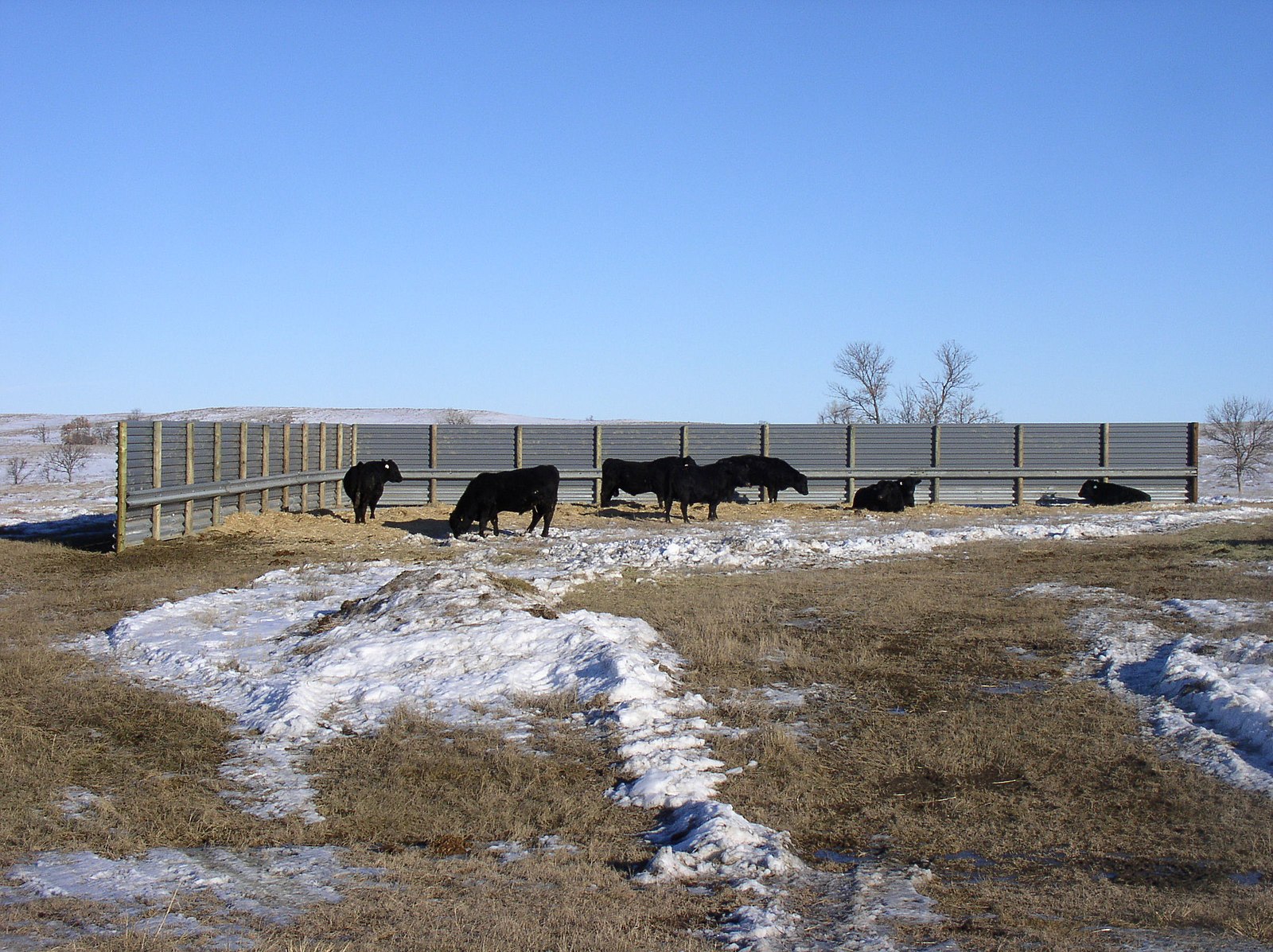
Guidelines for Livestock Windbreaks
Livestock grazing open crop residue fields or large pastures can be left exposed during extreme bouts of cold. Ensuring that cattle and any other livestock being pastured in exposed areas have adequate access to shelter to escape the wind and cold is especially important.
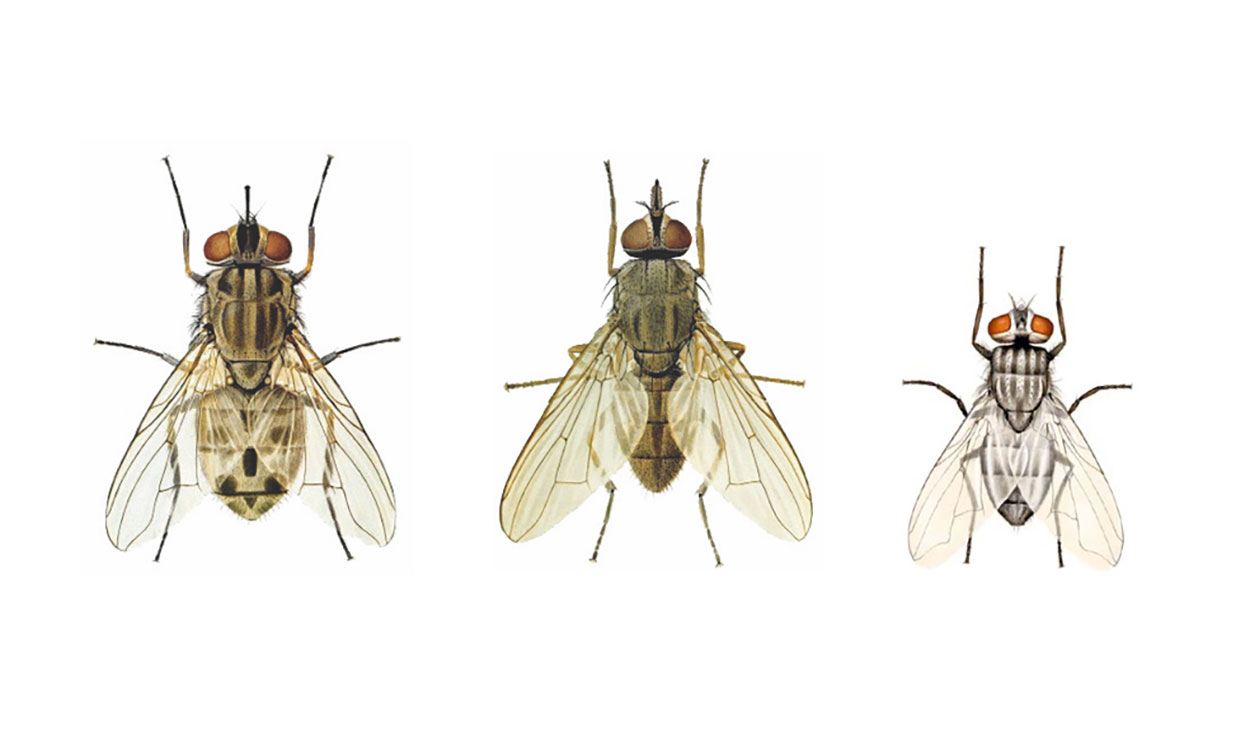
Fly Control Considerations for Cattle on Pasture
Along with being irritants to livestock, horn flies, face flies and stable flies are economically important to producers due to their negative impacts on milk production and calf weaning weights.

Prevention of Needlestick Injuries in Livestock Production
Within agricultural production a good share of livestock producers perform routine veterinary work themselves. This includes administering vaccinations or treatments for common disease or sickness. A result of performing this type of work there is increased risk for injury do to a needle stick injury.

Register now for 2023-2024 SowBridge Educational Series
January 17, 2023
Registration is now open for SowBridge, a series for those who work with sows, boars and piglets, and in swine genetic and reproductive areas.
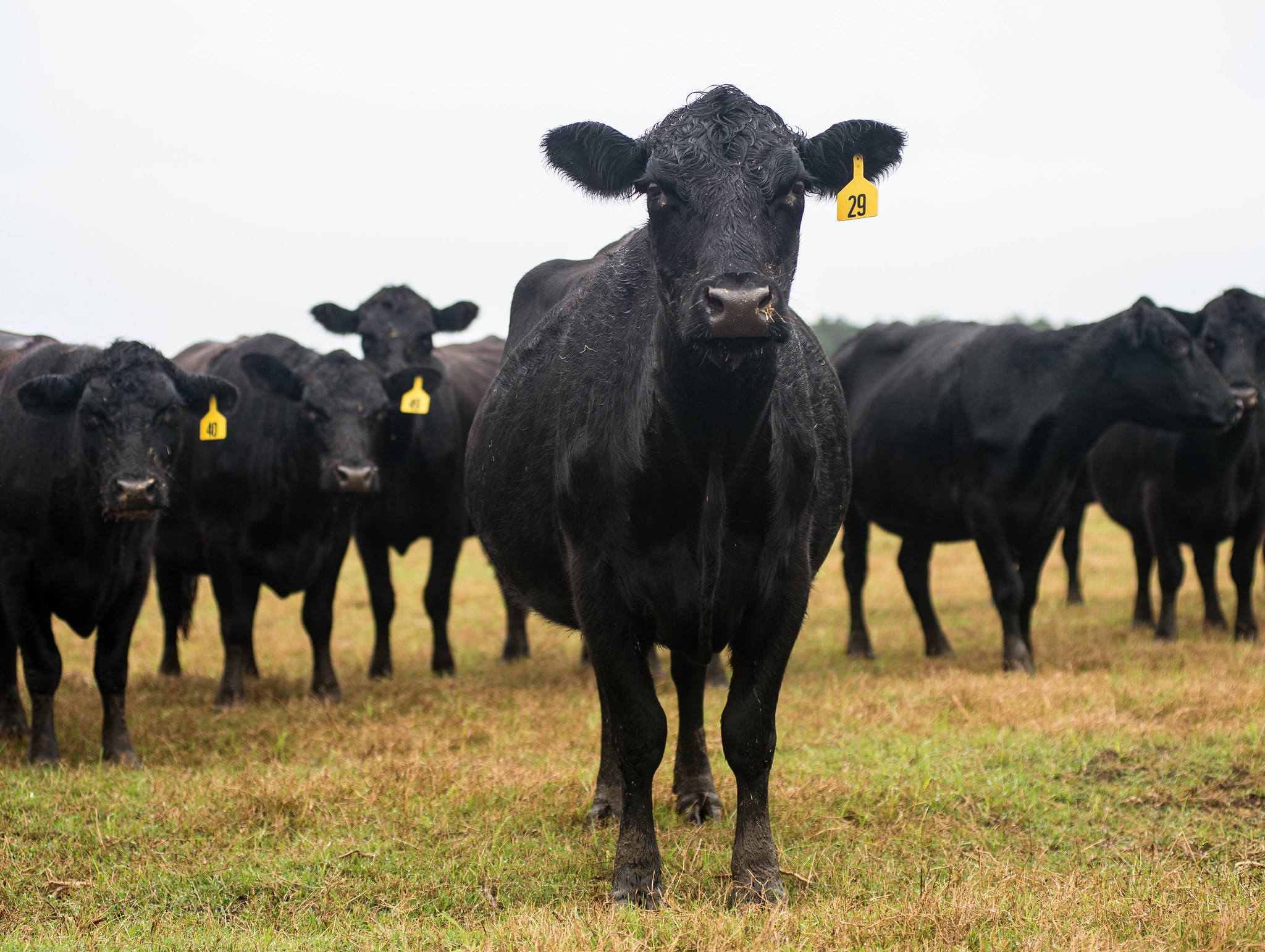
2021 Beef Heifer Synchronization Protocols
With the 2021 Artificial Insemination Beef Sire Directories now available, it is time to think about breeding season, especially if you will be using synchronization.

Barriers To Rotational Grazing: Perceptions From Ranchers in the Dakotas
Despite the potential benefits of rotational grazing, its adoption rate has stagnated in recent years. To help understand major barriers faced by producers towards rotational grazing, we conducted a survey among ranchers in the U.S. Great Plains.

Incorporating Corn Into Beef Cow Rations Can Save Forage and Feed Expenses
For operations with the right facilities and management ability, replacing forage with corn can stretch forage supplies and potentially reduce feed costs.